Updated by "Forest Circular Economy" Editorial Board on June 05, 2025, 12:18 PM JST
Editorial Board, Forest Circular Economy
Forestcircularity-editor
We aim to realize "Vision 2050: Japan Shines, Forest Circular Economy" promoted by the Platinum Forest Industry Initiative. We will disseminate ideas and initiatives to promote biomass chemistry, realize woody and lumbery communities, and encourage innovation in the forestry industry in order to fully utilize forest resources to decarbonize the economy, strengthen economic security, and create local communities.
The Nonresidential Wood Construction Fair 2025 opened on June 4 at Tokyo Big Sight, bringing together the latest technologies and solutions related to the "wood construction" of nonresidential buildings. Although wooden buildings have traditionally been considered limited in terms of scale and fire resistance, recent technological innovations have greatly expanded the scope of their application. On display are the latest structural materials, including CLTs (orthogonal laminated timber), which enable mid- to high-rise buildings in urban areas, as well as new materials and construction methods that overcome the fire-resistance performance that has been a challenge for wooden buildings. From the first day of the exhibition, the venue was filled with excitement as a diverse range of visitors came to see the exhibition. The exhibition will be held for three days until June 6.
At this year's fair, the presence of major companies that are entering the field of nonresidential wood construction in earnest is outstanding. Major general contractors are presenting their advanced technological developments and achievements in high-rise wooden construction and large-scale projects.
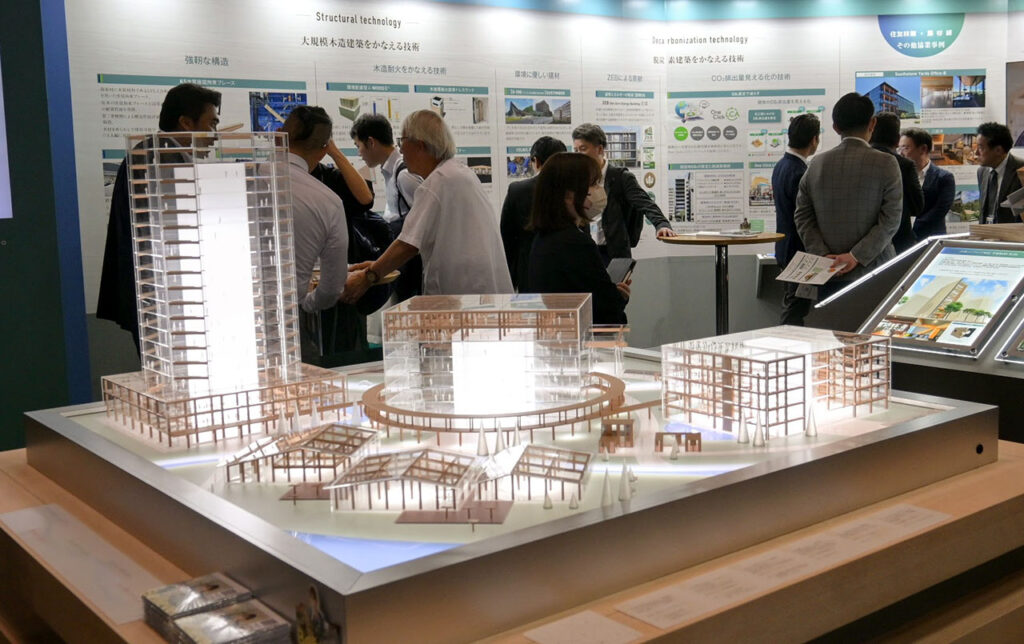
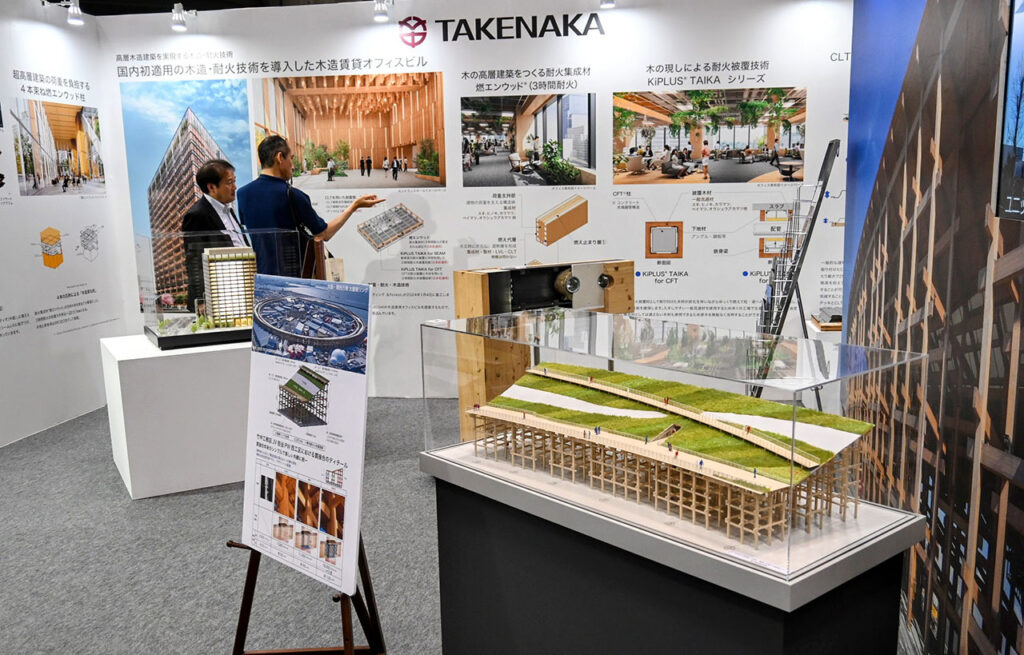
Examples of architectural designs with a high level of design are also introduced, attracting visitors' attention with their innovative designs that overturn the conventional image of "wooden buildings.
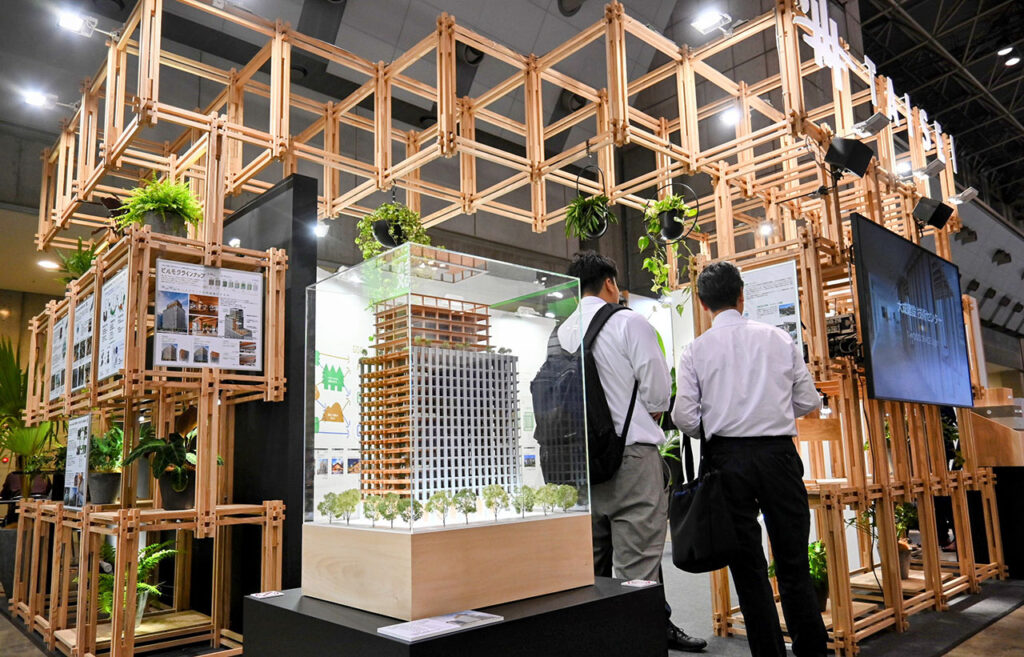
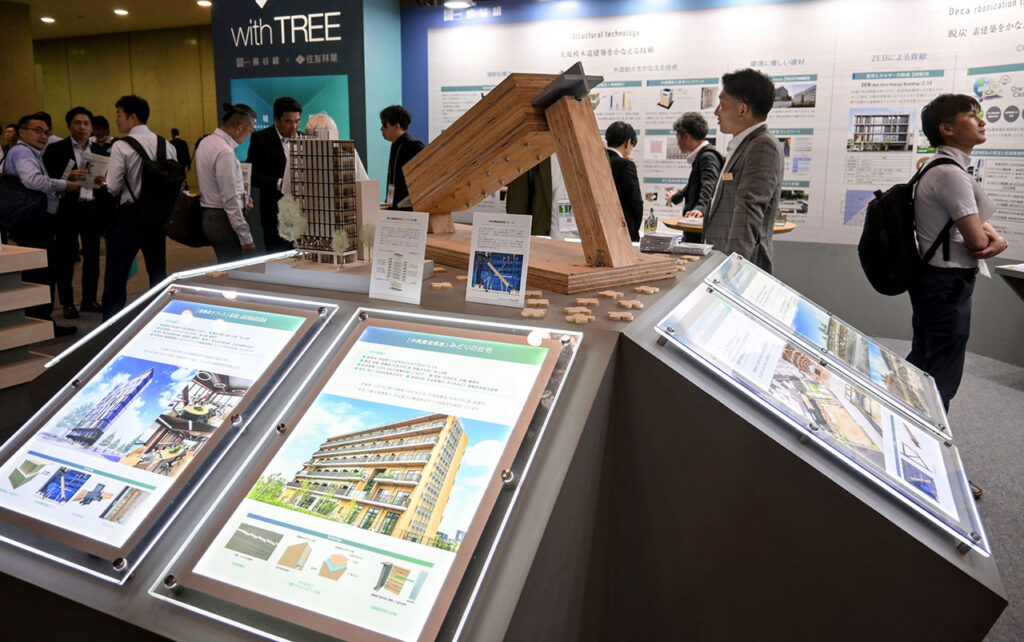
Fire-resistant wood construction techniques employed in high-rise wooden rental office buildings and large-scale wood-using projects were presented in detail, demonstrating efforts to greatly expand the possibilities of wood construction.
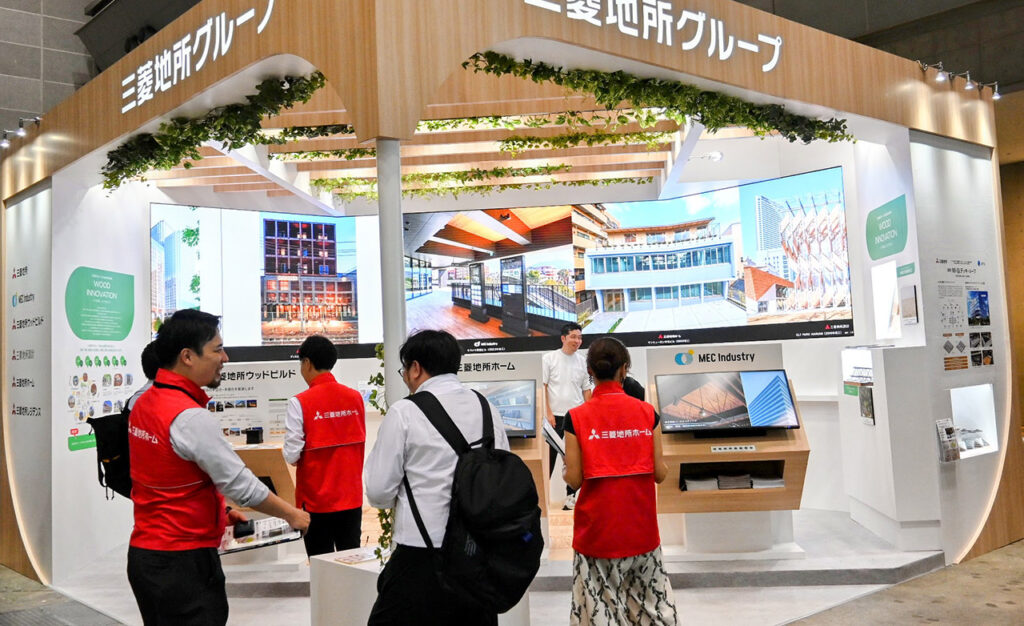
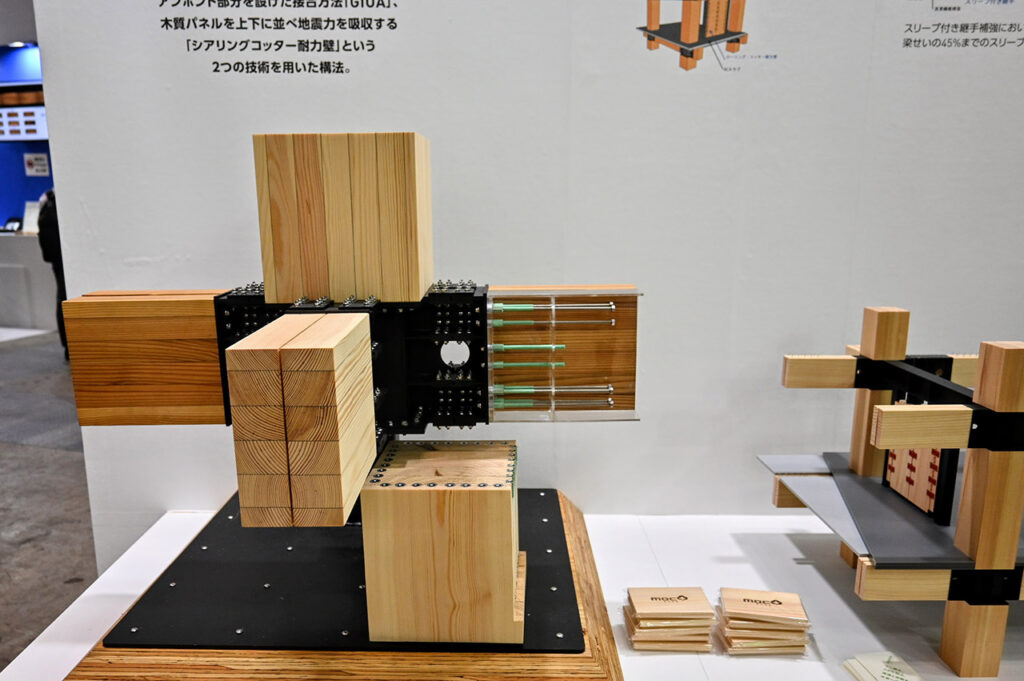
Structural lumber manufacturers also exhibited a number of technologies and materials essential for nonresidential wood construction. Among them, specific examples of CLT applications and technical proposals on its structural characteristics attracted the interest of designers and builders.
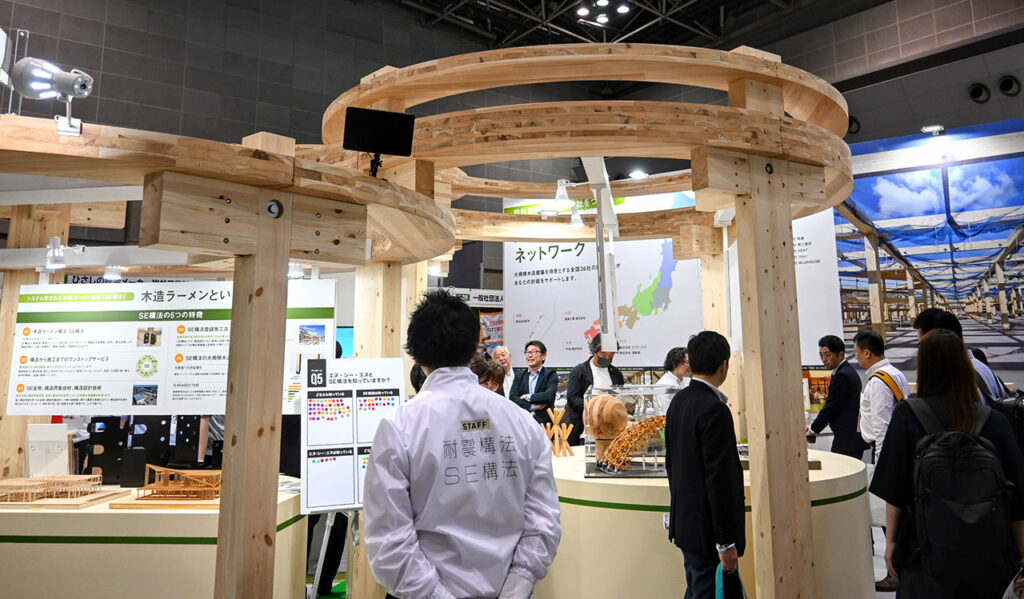
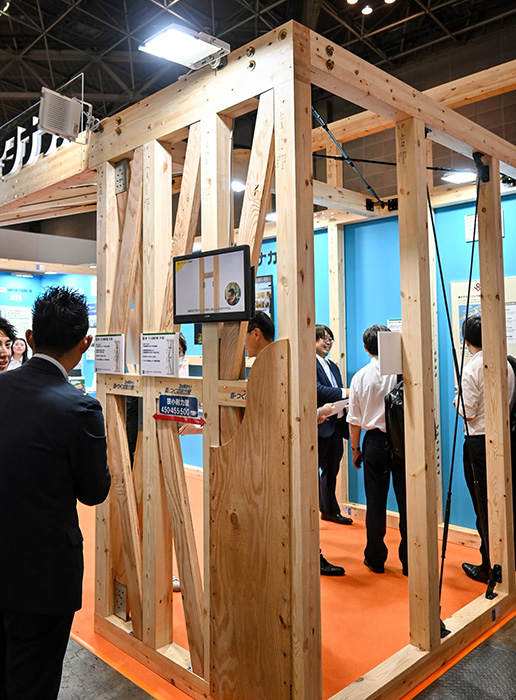
It also introduces solutions that combine high structural performance with free space design, offers total solutions from structural materials to interior materials, and presents measures to address industry issues such as the shortage of designers and constructors.
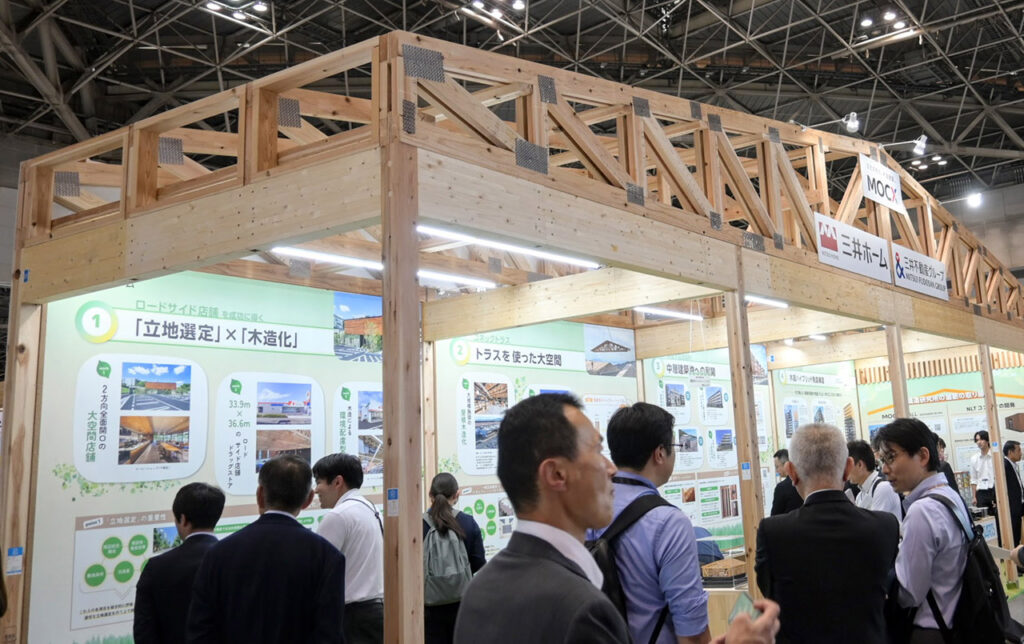
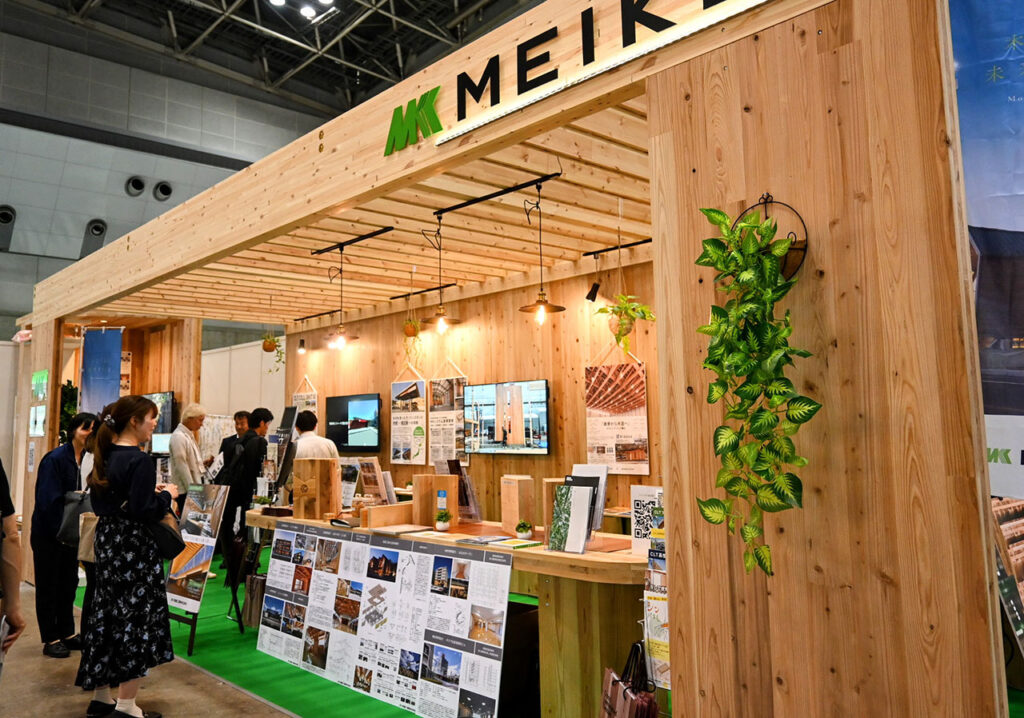
In addition, visitors will find a wealth of exhibits on new construction methods and materials, such as joint hardware and design ideas for large wooden spaces, highly durable and strong wood trusses, and wooden condominiums. These technologies provide the basis for expanding the range of applications for nonresidential wood construction and meeting diverse architectural needs.

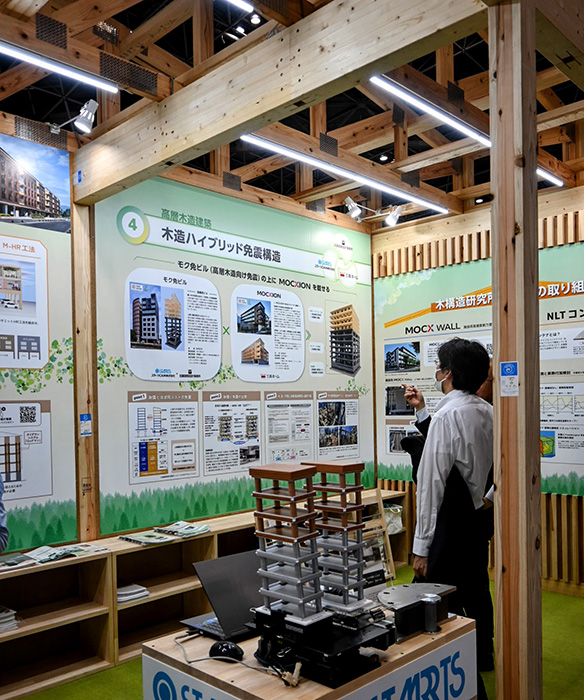
Solutions for all aspects of nonresidential wood construction are also proposed, including new materials and construction methods to overcome fire resistance, the latest trends in "woodification" combining wood with steel or RC construction, and structural calculation systems to support increasingly complex designs.
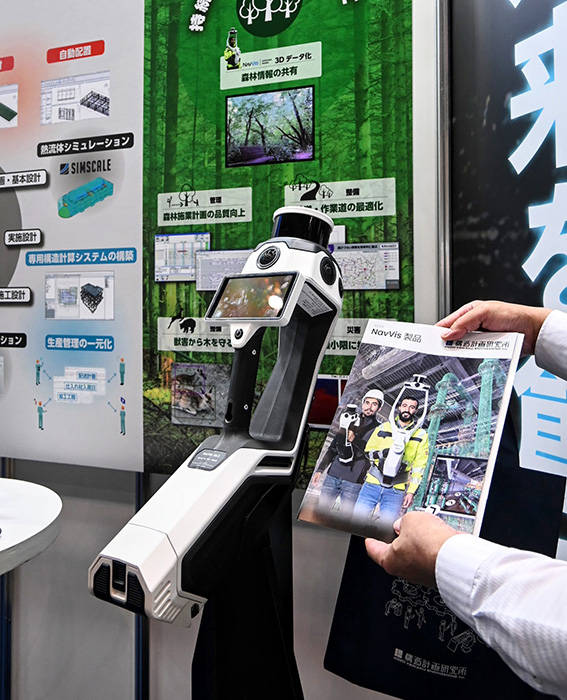
This year's fair is not just an exhibition of products, but also has a strong aspect of a "participatory exhibition" in which visitors can take the initiative. A number of special lectures covering everything from the latest industry trends to future prospects are being held. Architects set up individual consultation booths where visitors can receive expert advice on specific concerns and issues related to nonresidential wooden construction.
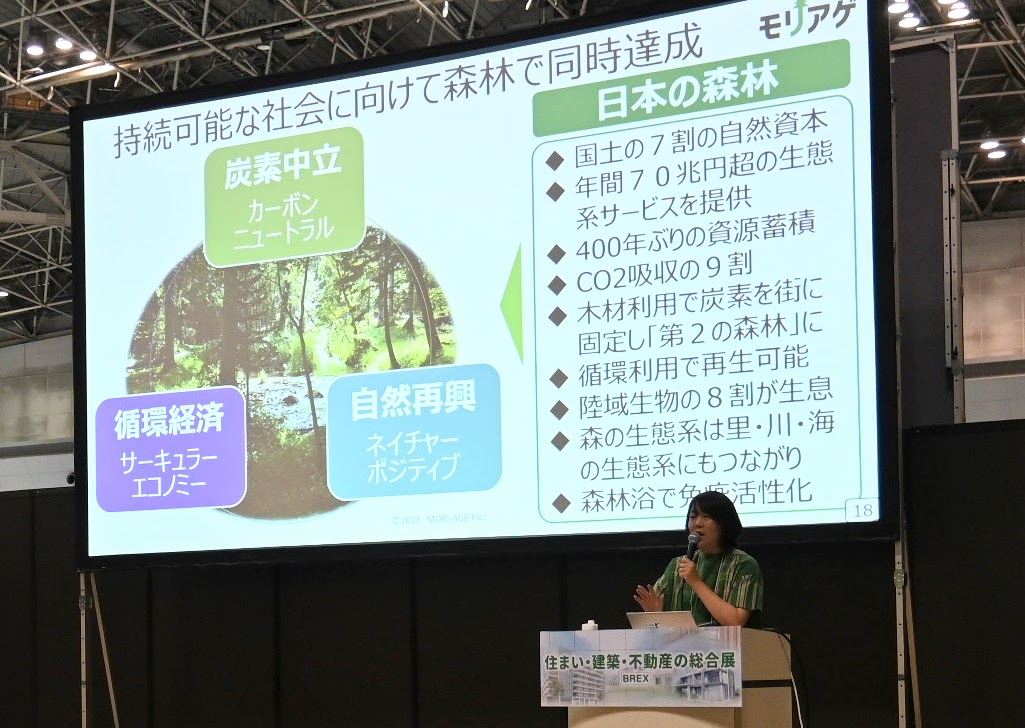
Currently, against the backdrop of the global trend toward decarbonization in the building industry, the use of wood is considered an important measure for achieving carbon neutrality. At the same time, from the perspective of revitalizing Japan's forest industry and contributing to regional development, efforts related to the utilization of domestic timber and the establishment of supply chains are also attracting attention.

Against this backdrop, wood construction and wood-oriented construction in the non-residential sector is not just a trend, but is gaining presence as a major building method that responds to social demands. This year's fair will serve as a specialized exhibition that comprehensively introduces the latest technologies and initiatives emerging in this market environment. Visitors can not only obtain information on products and services, but also establish connections with leading experts in the industry and gain new business opportunities.